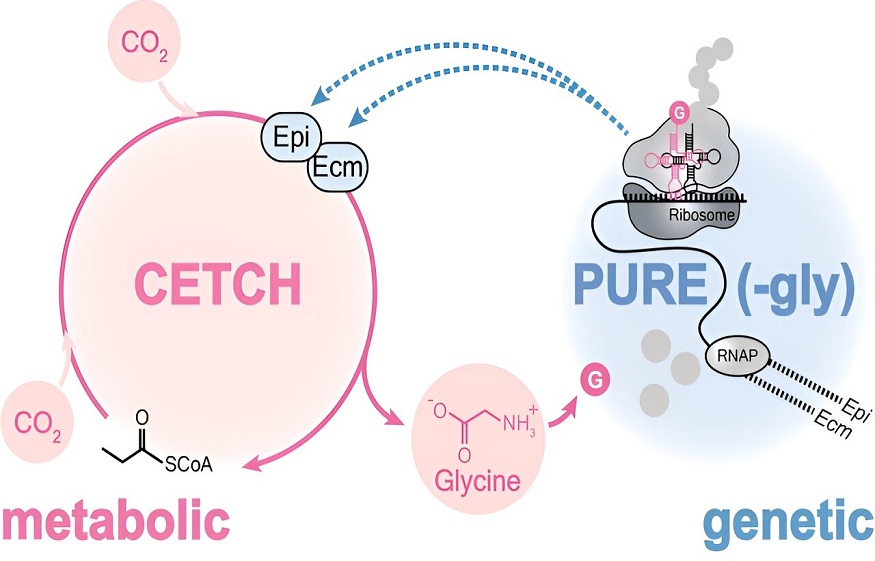Endometriosis is a common gynaecological condition where tissue similar to the lining of the uterus (endometrium) grows outside the uterus, often on the ovaries, fallopian tubes, and the outer surface of the uterus. This often painful condition can lead to complications such as fertility problems if left untreated. This blog post seeks to demystify the causes of endometriosis and discuss various treatment options available.
Understanding Endometriosis
In endometriosis, the displaced endometrial tissue continues to act as it would inside the uterus: it thickens, breaks down, and bleeds with each menstrual cycle. However, it has no way to exit the body, causing pain, irritation, and potentially forming scar tissue and adhesions.
The Causes of Endometriosis
While the exact cause of endometriosis remains unknown, several theories are proposed, including:
1. Retrograde Menstruation
This theory suggests that during menstruation, some of the menstrual blood flows back through the fallopian tubes and into the pelvic cavity instead of leaving the body.
2. Hormones
Estrogen, a hormone involved in the menstrual cycle, appears to promote the abnormal growth of endometrial tissue.
3. Immune System Dysfunction
Some experts believe that problems with the immune system may prevent the destruction of the endometrial tissue that’s growing outside the uterus.
4. Surgical Scar Implantation
After a surgery like a hysterectomy or C-section, endometrial cells may attach to the surgical incision.
5. Genetics
Endometriosis tends to run in families, suggesting there may be genetic factors at play.
Treatment Options for Endometriosis
While there is no cure for endometriosis, treatments are available to manage symptoms and improve quality of life.
1. Pain Medications
Over-the-counter pain relievers may help manage the pain associated with endometriosis. In more severe cases, stronger prescription pain medications may be necessary.
2. Hormone Therapy
Therapies that help regulate the hormonal changes of your menstrual cycle can often help slow endometrial tissue growth and prevent new adhesions.
3. Conservative Surgery
For women who want to get pregnant or experience severe pain, surgery to remove as much endometriosis as possible while preserving the uterus and ovaries may be an option.
4. Assisted Reproductive Techniques
For women who struggle with infertility due to endometriosis, treatments such as in-vitro fertilisation (IVF) can help increase the chances of conception.
5. Hysterectomy
In severe cases of endometriosis, surgery to remove the uterus and possibly the ovaries may be considered.
Conclusion
Endometriosis is a complex condition that can significantly impact a woman’s life. While the exact causes are still not fully understood, advances in medical research and treatment options are offering hope to those living with endometriosis. It’s essential to consult with healthcare providers to explore the most suitable treatment approach.





